1. Atlassian
1.1. Best practices for implementing DevOps
1.1.1. Agile project management
1.1.2. Shift left with CI/CD
1.1.3. Build with the right tools
1.1.4. Implement automation
1.1.5. Monitor the DevOps pipeline and applications
1.1.6. Observability
1.1.7. Gather continuous feedback
1.1.8. Change the culture
2. Microsoft
2.1. The benefits of DevOps
2.1.1. Accelerating time to market
2.1.2. Adapting to the market and competition
2.1.3. Maintaining system stability and reliability
2.1.4. Improving the mean time to recovery
2.2. DevOps and the application lifecycle
2.2.1. Plan
2.2.2. Develop
2.2.3. Deliver
2.2.4. Operate
2.3. DevOps culture
2.3.1. Collaboration, visibility, and alignment
2.3.2. Shifts in scope and accountability
2.3.3. Shorter release cycles
2.3.4. Continuous learning
2.4. DevOps practices
2.4.1. Continuous integration and continuous delivery (CI/CD)
2.4.2. Version Control
2.4.3. Agile software development
2.4.4. Infrastructure as code
2.4.5. Configuration management
2.4.6. Continuous monitoring
3. Amazon
3.1. Benefits of DevOps
3.1.1. Speed
3.1.2. Rapid Delivery
3.1.3. Reliability
3.1.4. Scale
3.1.5. Improved Collaboration
3.1.6. Security
3.2. DevOps Practices
3.2.1. Continuous Integration
3.2.2. Continuous Delivery
3.2.3. Microservices
3.2.4. Infrastructure as Code
3.2.5. Monitoring and Logging
3.2.6. Communication and Collaboration
4. NetApp
4.1. DevOps methods
4.1.1. Scrum
4.1.2. Kanban
4.1.3. Agile
4.2. DevOps toolchain
4.2.1. Plan
4.2.2. Code
4.2.3. Build
4.2.4. Test
4.2.5. Deploy
4.2.6. Operate
4.2.7. Monitor
4.3. DevOps practices
4.3.1. Continuous Development
4.3.2. Continuous Testing
4.3.3. Continuous Integration
4.3.4. Continuous Delivery
4.3.5. Continuous Deployment
4.3.6. Continuous Monitoring
4.3.7. Infrastructure as Code
4.4. Benefits of DevOps
4.4.1. Faster, better product delivery
4.4.2. Faster issue resolution and reduced complexity
4.4.3. Greater scalability and availability
4.4.4. More stable operating environments
4.4.5. Better resource utilization
4.4.6. Greater automation
4.4.7. Greater visibility into system outcomes
4.4.8. Greater innovation
